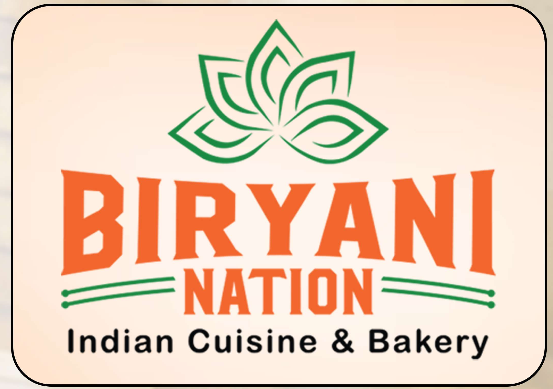about us
Telangana is a state in India situated on the centre-south stretch of the Indian peninsula on the high Deccan Plateau. It is the eleventh largest state and the twelfth-most populated state in India with a geographical area of 112,077 km2 (43,273 sq mi) and 35,193,978 residents as per 2011 census.
The Hyderabad state joined the Union of India in 1948 after an Indian military invasion. In 1956, the Hyderabad State was dissolved as part of the linguistic reorganisation of states and Telangana was merged with the Telugu-speaking Andhra State (part of the Madras Presidencyduring the British Raj) to form Andhra Pradesh. A peasant-driven movement began to advocate for separation from Andhra Pradesh starting in the early 1950s, and continued until Telangana was awarded separate statehood on 2 June 2014.
The economy of Telangana is the eighth-largest state economy in India with ₹8.66 lakh crore (US$130 billion) in gross domestic product and a per capita GDP of ₹206,000 (US$3,000). Telangana ranks sixteenth among Indian states in human development index. The state has emerged as a major focus for robust IT software, industryand services sector. The state is also the main administrative centre to a large number of Indian defence aero-space and research labs like Bharat Dynamics Limited, Defence Metallurgical Research Laboratory, Defence Research and Development Organisation and Defence Research and Development Laboratory.
Festivals
- Dasara
- Deepawali,
- Eid-ul-Fitr
- Ugadi
- Bathukamma (Unique to Telangana)
- Bonalu (Unique to Telangana)
- Vinayaka Chavithi (Celebrated with equal enthusiasm as in Maharashtra)
- Sankranti
Below are some of the festivals that both Hindus and Muslims of the region celebrate with equal enthusiasm and a sense of brotherhood.
- Holi
- Rakhi
- Moharram
Famous People:
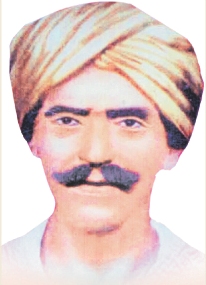
Komaram Bheem – A fearless leader of “Gond” Tribals in Adilabad during early 20th century. He opposed the imposition of cess on tribals by Nizam’s government and fought against them, sacrificing his life in the process. Allani Sridhar made a movie on Komaram Bheem.
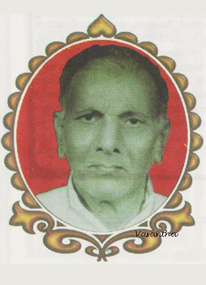
Raavi Narayana Reddy – A hero of “Telangana Sayudha Poratam” and one of the founding members of Communist Party of India. He later served as a Member of Parliament (Nalgonda Constituency) in 1st and 3rd Lok Sabhas.
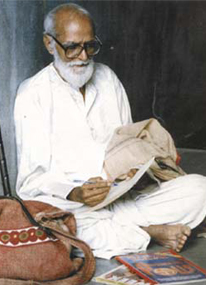
Kaloji Narayana Rao – Kaloji was a fearless freedom fighter and a great poet. Both his life and his literary works were completely dedicated to fighting against injustice to common people, which made him to be popularly known as “Praja Kavi” i.e., People’s Poet. He was also conferred with “Padma Vibhushan”, the 2nd highest civilian award by Government of India. Some of his famous literary works were Naa Godava, Jeevana Geetha (translation of Khalil Gibran’s The Prophet), Telangana Udyama Kavithalu and Kaloji Kathalu. Kaloji showed his selflessness in death aswell by donating his body to Kakatiya Medical College.
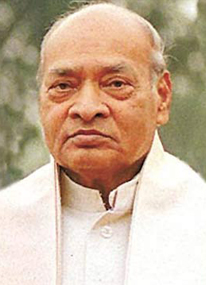
P.V. Narsimha Rao – P.V. (as he was popularly known) was the 10th prime minister of India and first prime Minister from the south. He is considered the “Father of Indian economic reforms”, the fruits of which all Indians are enjoying today. P.V started played an active role in “Quit India” movement and later started his political career by joining Indian National Congress. He served in various portfolios in both state (he was Andhra Pradesh CM between 1971-73) and central governments. He was supposed to have mastered about 17 languages (including French, German and Spanish). Many people may not know but P.V. made some great literary contributions as well. He made many translations, wrote poems, short stories etc. Some of his notable works are “SahasraPhan” a translation of Viswanath Satyanarayana’s “Veyi Padagalu”, “Golla Ramavva” a humurous and touching short story (Included in Vandella Telugu Katha compilation)
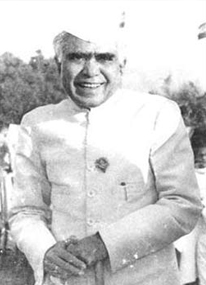
Burugula Ramakrishna Rao – The first elected chief minister of the Hyderabad state (post-Nizam), Burugula Ramakrishna Rao was a eminent lawyer before joining the freedom struggle. He fought against the Nizam rule and played a great part (along with Swami Ramananda Teertha) in the timely intervention of Indian Army (known as Police Action) to free Hyderabad state from Nizam’s rule and its eventual merger into Indian Union. He is famous to have formulated and implemented the historic “Land Reforms” Act (Hyderabad Tenancy and Agricultural Lands Act).
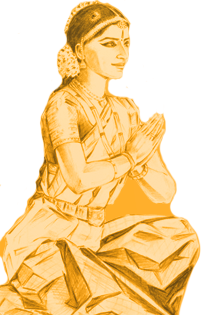
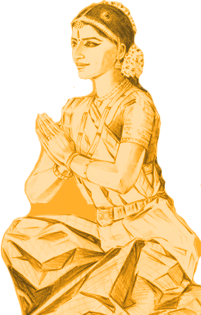




 become a member
become a member SUBSCRIBE HERE
SUBSCRIBE HERE  Donate Now
Donate Now sponsors
sponsors upcoming events
upcoming events useful links
useful links documents
documents user login
user login




















